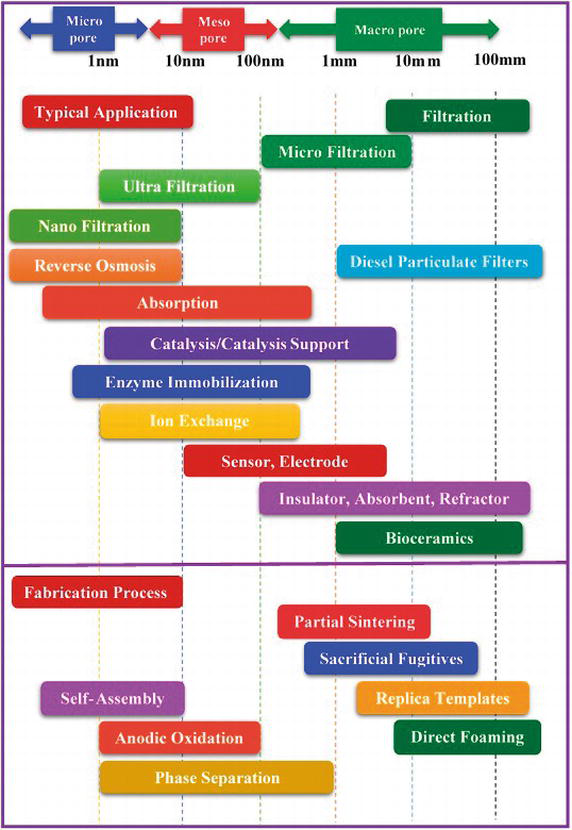With the ability to withstand a ph range of 2 10 continuous use up to 1500 c high erosion resistance and strengths from 500 to 20 000 psi dependent on porosity stc s porous ceramics may be the answer to your severe application requirements.
Definition of porosity in ceramics.
What is difference between ceramics and glass.
Strictly speaking some tests measure the accessible void the total amount of void space accessible from the surface cf.
Where phit is the total porosity of clean clay free sand and vd is the volume of dispersed clay in the sand pore space expressed as a fraction of the bulk volume.
The thermal conductivities of ceramics are higher than those of fibres but lower than those of metals.
There are many ways to test porosity in a.
However there is still limited water flow within aquitards due to other processes that i won t get into now.
Isolated porosity is rare in such formations and is ignored being included in the effective porosity.
Cutting tools having larger electrical.
In other words effective porosity is total porosity less the volume of clay bound water.
One way to make porous ceramics is by mixing ground vermiculite and allophone at 600 800 c 34.
This is sufficient for the heat mass transfer.
Clay often has high porosity but almost no permeability meaning it is essentially a barrier which water cannot flow through and the water within it is trapped.
Porosity is a fraction between 0 and 1 typically ranging from less than 0 01 for solid granite to more than 0 5 for peat and clay.
Porosity or void fraction is a measure of the void i e.
Interchangeable plates of carbide oxide ceramics a 2 mixed ceramic by definition porous ceramic tool material affecting its cutting properties.
A good example of an aquitard is a layer of clay.
The definition is based on the analysis of shaly formations in which the clay bound water is considered immobile and hence ineffective.
It may also be represented in percent terms by multiplying the fraction by 100.
Set correlation of porosity ceramic tools from electrical resistivity removable ceramic plates.
The porosity directly correlates with the permeability because the permeability requires a certain level of porosity for a certain measure of it.
Early investigations of the porosity were conducted to a large extend by investigation in the fields of ground water geology chemical engineering and ceramics.
Therefore much interest was centered on the investigation of the porosity of unconsolidated materials.
The porosity of unconsolidated materials depends on.










